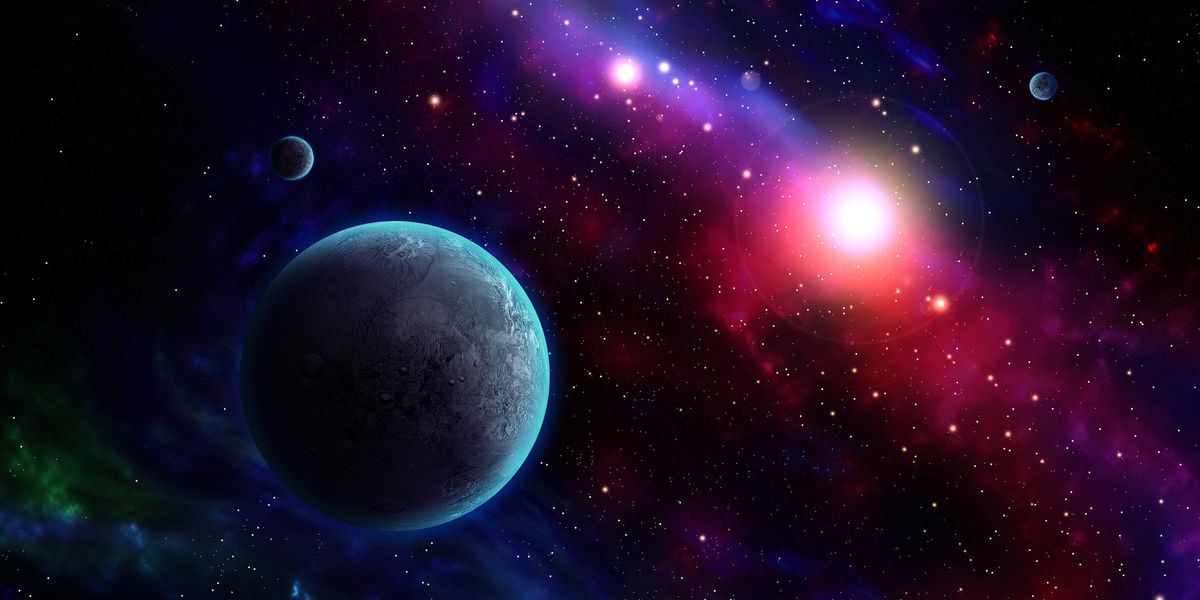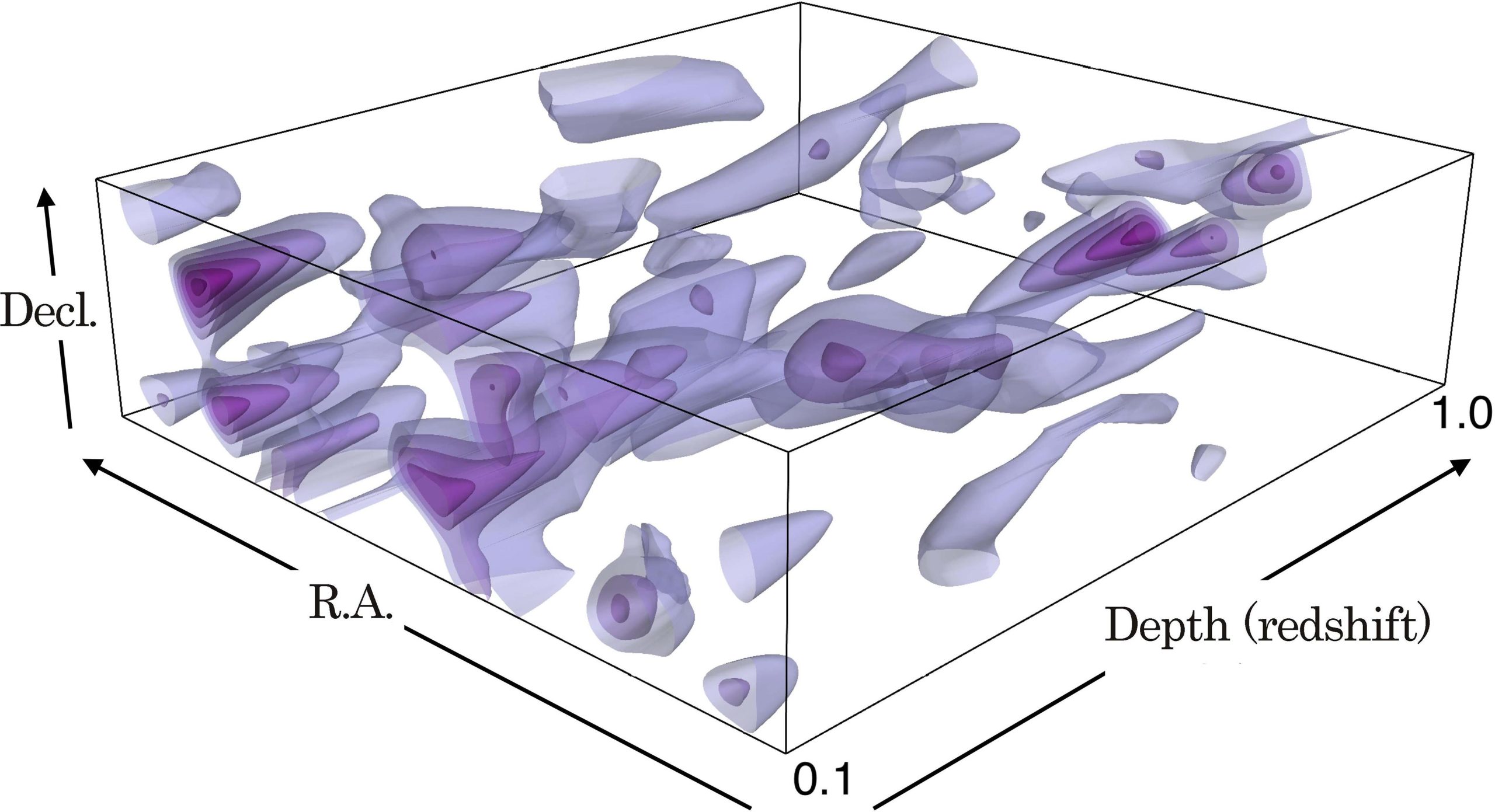Рисунок 1: Пример изображения, полученного с помощью HSC-SSP. Авторы и права: HSC-SSP и проект NAOJ.
Астрофизики обнаружили, что количество «сгустков» темной материи во Вселенной составляет 0,76, число, которое противоречит значению космического микроволнового фона, равному 0,83, что указывает на возможные ошибки или неполную космологическую модель. В исследовании использовались данные стратегической программы Subaru Hyper Suprime-Cam, и в дальнейшем будет изучено это скрытое несоответствие.
Международная группа астрофизиков и космологов из различных институтов, включая NAOJ и Институт физики и математики Вселенной им. Кавли, представила набор из пяти статей, в которых измеряется значение «сгустков» темной материи во Вселенной, известных космологи как x8. Сообщаемое значение составляет 0,76, что согласуется со значениями, полученными в других обзорах гравитационного линзирования при рассмотрении относительно недавней Вселенной, но не согласуется со значением 0,83, полученным на основе космического микроволнового фона, который относится к тому времени, когда Вселенная была . Около 380 000 лет. Разрыв между этими двумя значениями невелик, но он не кажется случайным. Скорее всего, в одном из этих двух измерений есть до сих пор неизвестная ошибка или ошибка или что стандартная космологическая модель каким-то интересным образом неполна.
Стандартная модель нашей Вселенной определяется всего несколькими числами: скоростью расширения Вселенной, которая является мерой плотности темной материи (S8), относительные вклады составляющих Вселенной (материи, темной материи и темной энергии), общую плотность Вселенной и техническую величину, описывающую, как агломерация Вселенной в больших масштабах соотносится с агломерацией в малых масштабах. Космологи стремятся проверить эту модель, ограничивая эти числа различными способами, например, наблюдая флуктуации космического микроволнового фона, моделируя историю расширения Вселенной или измеряя кластеризацию Вселенной в относительно недавнем прошлом.

Рисунок 2: Пример трехмерного распределения темной материи, полученного с помощью HSC-SSP. Эта карта была получена с использованием данных первого года, но в текущем исследовании изучалась область неба в три раза больше, чем эта. Предоставлено: Токийский университет/NAOJ.
Команда под руководством астрономов из Кавли IPMU, Университета Токио,[{» attribute=»»>Nagoya University, Princeton University, and the astronomical communities of Japan and Taiwan, spent the past year teasing out the secrets of the most elusive material, dark matter, using sophisticated computer simulations and data from the first three years of the Hyper Suprime-Cam Subaru Strategic Program (HSC-SSP). The observation program used one of the most powerful astronomical cameras in the world, Hyper Suprime-Cam (HSC) mounted on the Subaru Telescope. The HSC-SSP data that the research team used covers about 420 square degrees of the sky, about the equivalent of 2000 full moons.
Clumps of dark matter distort the light of distant galaxies through weak gravitational lensing, a phenomenon predicted by Einstein’s General Theory of Relativity. This distortion is a really small effect; the shape of a single galaxy is distorted by an imperceptible amount. But the team measured the distortion with quite high precision by combining the measurements for 25 million faint galaxies that are billions of light-years away. Then, the team measured the clumpiness of the Universe today (Figure 3).

Figure3: The measurement results of S8 parameter from HSC-SSP Year 3 data. The chart shows the results from four different methods, which used different parts of the HSC-SSP Year 3 data or combined the HSC-SSP Year 3 data with other data. For comparison, “Planck CMB” shows the measurement result for S8 from the cosmic microwave background data from the Planck satellite. “Other weak lensing results” shows the results from similar weak lensing measurements based on the Dark Energy Survey (DES) and Kilo-Degree Survey (KiDS) data. Credit: Kavli IPMU
The discrepancy between the S8 values of HSC-SSP and the Planck satellite is very subtle. The team thinks that the measurement was done correctly and carefully. And the statistics show that there’s only a one in 20 probability that the difference is just due to chance, which is compelling but not completely definitive. The team will further pursue this compelling inconsistency using the full HSC-SSP data set and refined methods. The team might discover something new about the Universe, so please stay tuned.
For more on this research, see Measuring Dark Matter With Hyper Suprime-Cam Reveals Discrepancy.
References:
“Hyper Suprime-Cam Year 3 Results: Cosmology from Galaxy Clustering and Weak Lensing with HSC and SDSS using the Emulator Based Halo Model” by Hironao Miyatake, Sunao Sugiyama, Masahiro Takada, Takahiro Nishimichi, Xiangchong Li, Masato Shirasaki, Surhud More, Yosuke Kobayashi, Atsushi J. Nishizawa, Markus M. Rau, Tianqing Zhang, Ryuichi Takahashi, Roohi Dalal, Rachel Mandelbaum, Michael A. Strauss, Takashi Hamana, Masamune Oguri, Ken Osato, Wentao Luo, Arun Kannawadi, Bau-Ching Hsieh, Robert Armstrong, Yutaka Komiyama, Robert H. Lupton, Nate B. Lust, Lauren A. MacArthur, Satoshi Miyazaki, Hitoshi Murayama, Yuki Okura, Paul A. Price, Tomomi Sunayama, Philip J. Tait, Masayuki Tanaka and Shiang-Yu Wang, 3 April 2023, Astrophysics > Cosmology and Nongalactic Astrophysics.
arXiv:2304.00704
“Hyper Suprime-Cam Year 3 Results: Measurements of Clustering of SDSS-BOSS Galaxies, Galaxy-Galaxy Lensing and Cosmic Shear” by Surhud More, Sunao Sugiyama, Hironao Miyatake, Markus Michael Rau, Masato Shirasaki, Xiangchong Li, Atsushi J. Nishizawa, Ken Osato, Tianqing Zhang, Masahiro Takada, Takashi Hamana, Ryuichi Takahashi, Roohi Dalal, Rachel Mandelbaum, Michael A. Strauss, Yosuke Kobayashi, Takahiro Nishimichi, Masamune Oguri, Arun Kannawadi, Robert Armstrong, Yutaka Komiyama, Robert H. Lupton, Nate B. Lust, Satoshi Miyazaki, Hitoshi Murayama, Yuki Okura, Paul A. Price, Philip J. Tait, Masayuki Tanaka and Shiang-Yu Wang, 3 April 2023, Astrophysics > Cosmology and Nongalactic Astrophysics.
arXiv:2304.00703
“Hyper Suprime-Cam Year 3 Results: Cosmology from Galaxy Clustering and Weak Lensing with HSC and SDSS using the Minimal Bias Model” by Sunao Sugiyama, Hironao Miyatake, Surhud More, Xiangchong Li, Masato Shirasaki, Masahiro Takada, Yosuke Kobayashi, Ryuichi Takahashi, Takahiro Nishimichi, Atsushi J. Nishizawa, Markus M. Rau, Tianqing Zhang, Roohi Dalal, Rachel Mandelbaum, Michael A. Strauss, Takashi Hamana, Masamune Oguri, Ken Osato, Arun Kannawadi, Robert Armstrong, Yutaka Komiyama, Robert H. Lupton, Nate B. Lust, Satoshi Miyazaki, Hitoshi Murayama, Yuki Okura, Paul A. Price, Philip J. Tait, Masayuki Tanaka and Shiang-Yu Wang, 3 April 2023, Astrophysics > Cosmology and Nongalactic Astrophysics.
arXiv:2304.00705
“Hyper Suprime-Cam Year 3 Results: Cosmology from Cosmic Shear Power Spectra” by Roohi Dalal, Xiangchong Li, Andrina Nicola, Joe Zuntz, Michael A. Strauss, Sunao Sugiyama, Tianqing Zhang, Markus M. Rau, Rachel Mandelbaum, Masahiro Takada, Surhud More, Hironao Miyatake, Arun Kannawadi, Masato Shirasaki, Takanori Taniguchi, Ryuichi Takahashi, Ken Osato, Takashi Hamana, Masamune Oguri, Atsushi J. Nishizawa, Andrés A. Plazas Malagón, Tomomi Sunayama, David Alonso, Anže Slosar, Robert Armstrong, James Bosch, Yutaka Komiyama, Robert H. Lupton, Nate B. Lust, Lauren A. MacArthur, Satoshi Miyazaki, Hitoshi Murayama, Takahiro Nishimichi, Yuki Okura, Paul A. Price, Philip J. Tait, Masayuki Tanaka and Shiang-Yu Wang, 3 April 2023, Astrophysics > Cosmology and Nongalactic Astrophysics.
arXiv:2304.00701
“Hyper Suprime-Cam Year 3 Results: Cosmology from Cosmic Shear Two-point Correlation Functions” by Xiangchong Li, Tianqing Zhang, Sunao Sugiyama, Roohi Dalal, Markus M. Rau, Rachel Mandelbaum, Masahiro Takada, Surhud More, Michael A. Strauss, Hironao Miyatake, Masato Shirasaki, Takashi Hamana, Masamune Oguri, Wentao Luo, Atsushi J. Nishizawa, Ryuichi Takahashi, Andrina Nicola, Ken Osato, Arun Kannawadi, Tomomi Sunayama, Robert Armstrong, Yutaka Komiyama, Robert H. Lupton, Nate B. Lust, Satoshi Miyazaki, Hitoshi Murayama, Takahiro Nishimichi, Yuki Okura, Paul A. Price, Philip J. Tait, Masayuki Tanaka, Shiang-Yu Wang, 3 April 2023, Astrophysics > Cosmology and Nongalactic Astrophysics.
arXiv:2304.00702
This research was supported by the National Science Foundation Graduate Research Fellowship Program (DGE-2039656); the National Astronomical Observatory of Japan; the Kavli Institute for the Physics and Mathematics of the Universe; the University of Tokyo; the High Energy Accelerator Research Organization (KEK); the Academia Sinica Institute for Astronomy and Astrophysics in Taiwan; Princeton University; the FIRST program from the Japanese Cabinet Office; the Ministry of Education, Culture, Sports, Science and Technology (MEXT); the Japan Society for the Promotion of Science; the Japan Science and Technology Agency; the Toray Science Foundation; and the Vera C. Rubin Observatory.

«Наркоман поп-культуры. Поклонник телевидения. Ниндзя алкоголика. Абсолютный фанат пива. Профессиональный знаток твиттера».





/cdn.vox-cdn.com/uploads/chorus_asset/file/25255185/246965_vision_pro_VPavic_0001.jpg)

More Stories
Ученые обнаружили «сюрприз», который меняет их представление о Вселенной
Обнаружение наиболее многообещающих признаков жизни на другой планете, любезно предоставлено Джеймсом Уэббом
НАСА до сих пор не понимает причину проблемы с тепловым экраном Ориона.